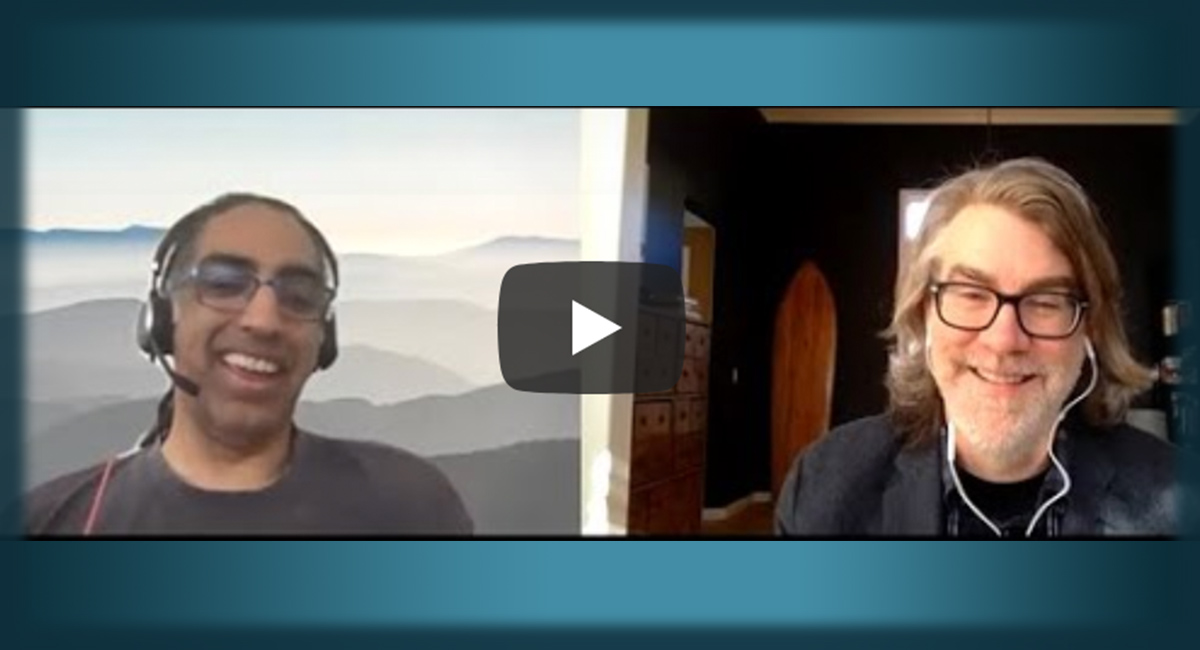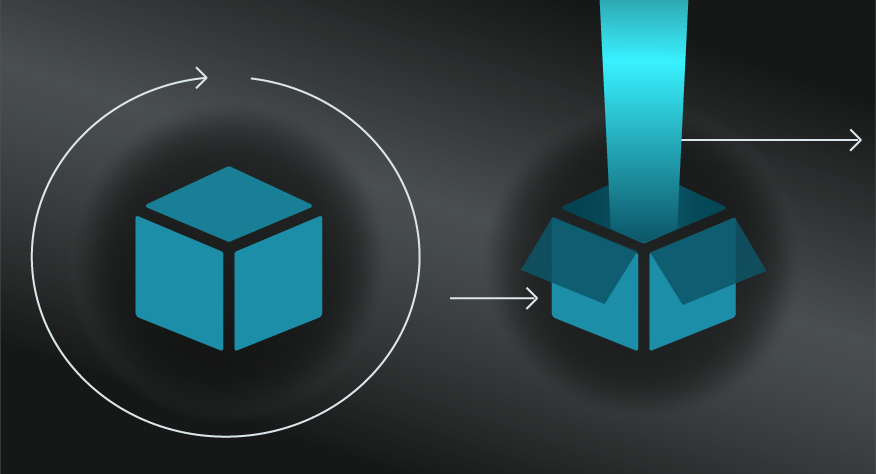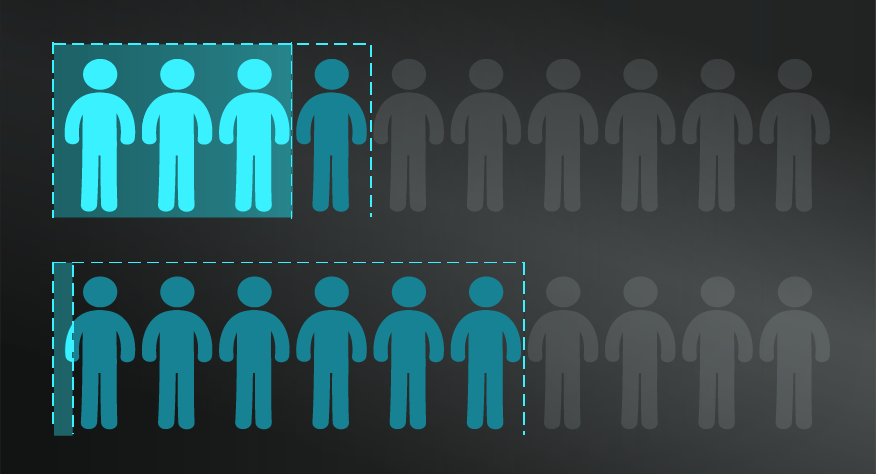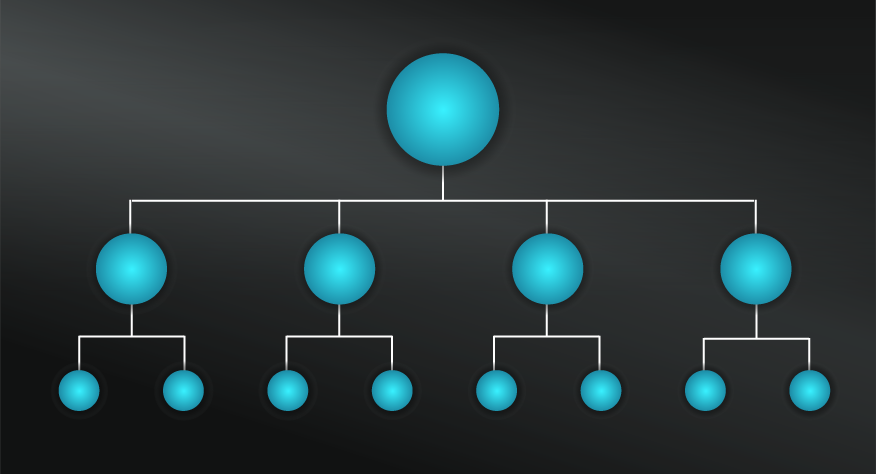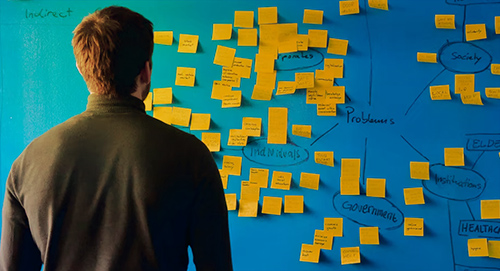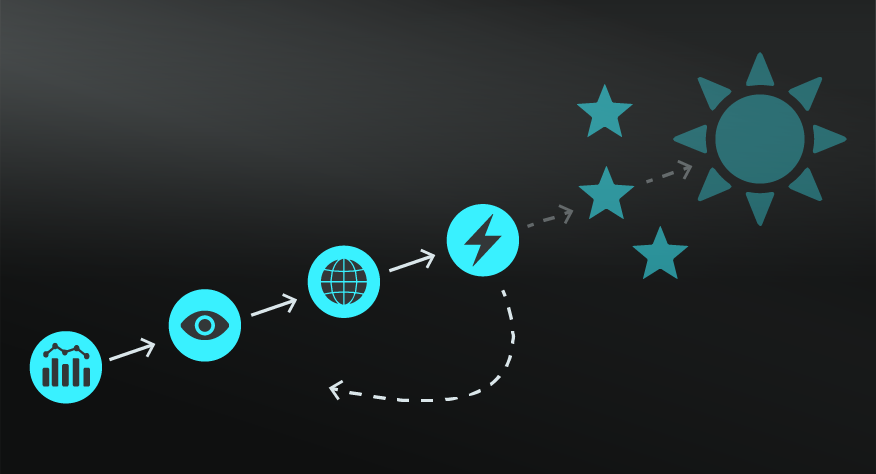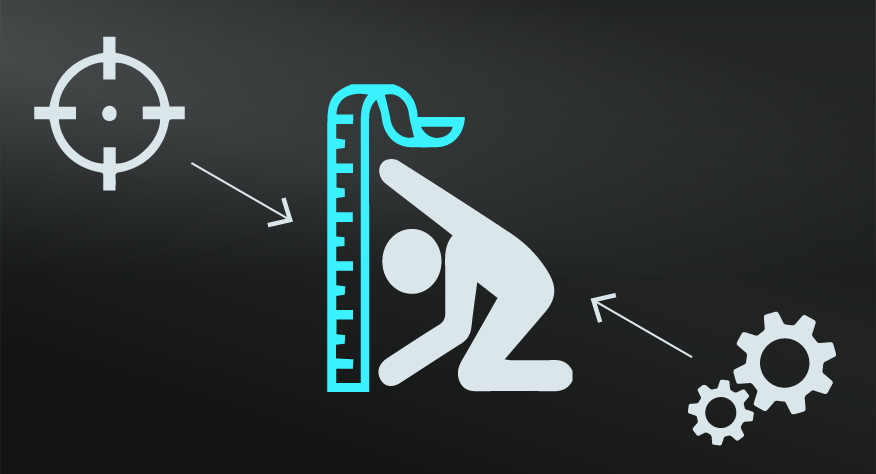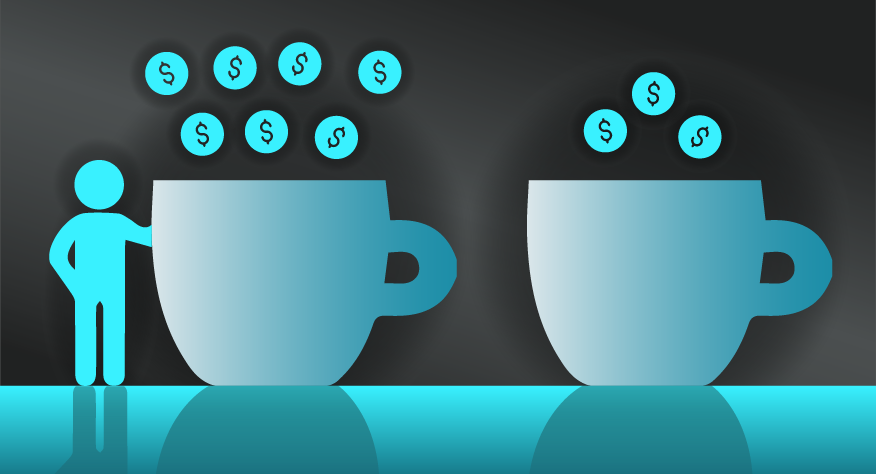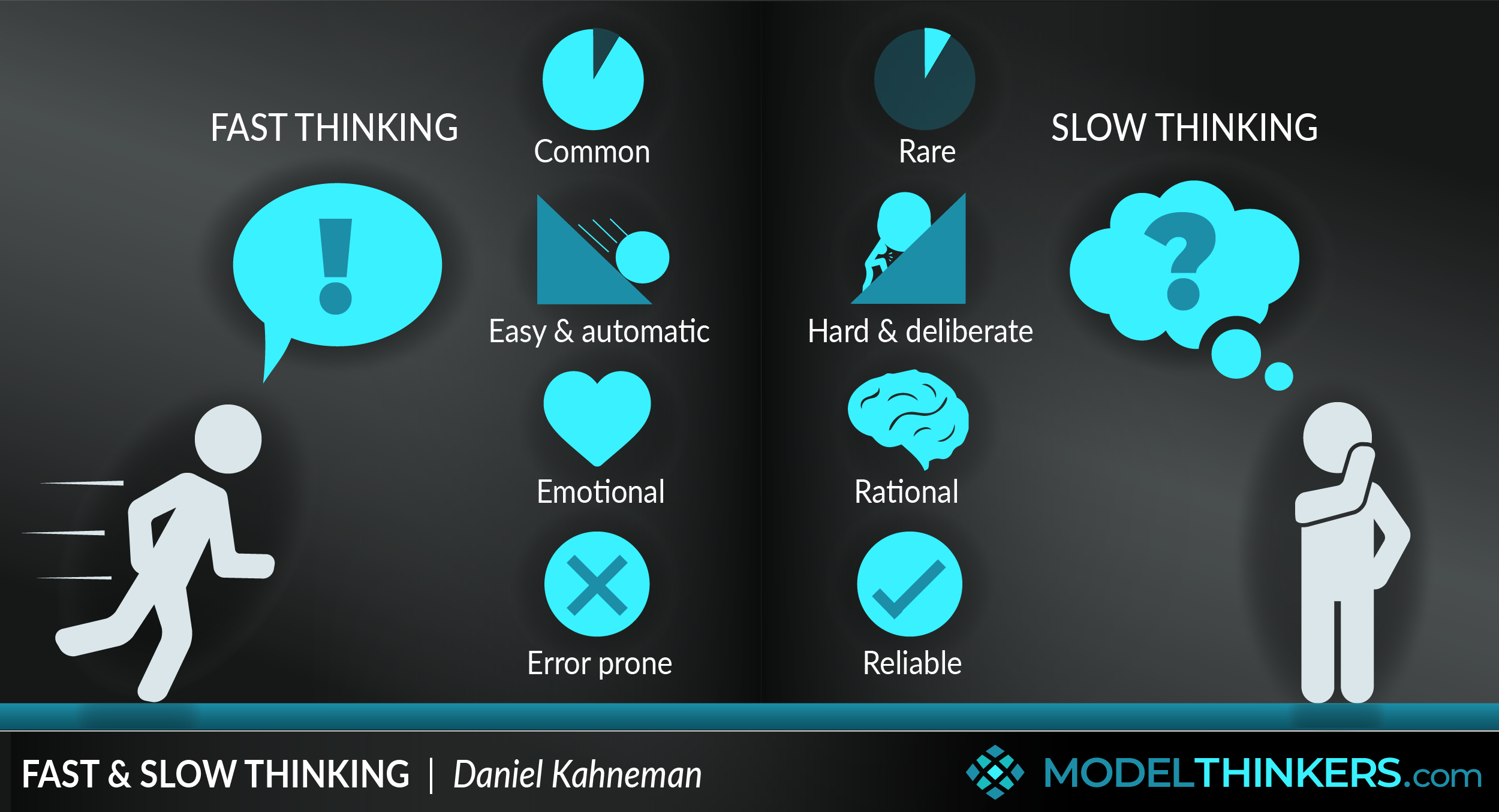
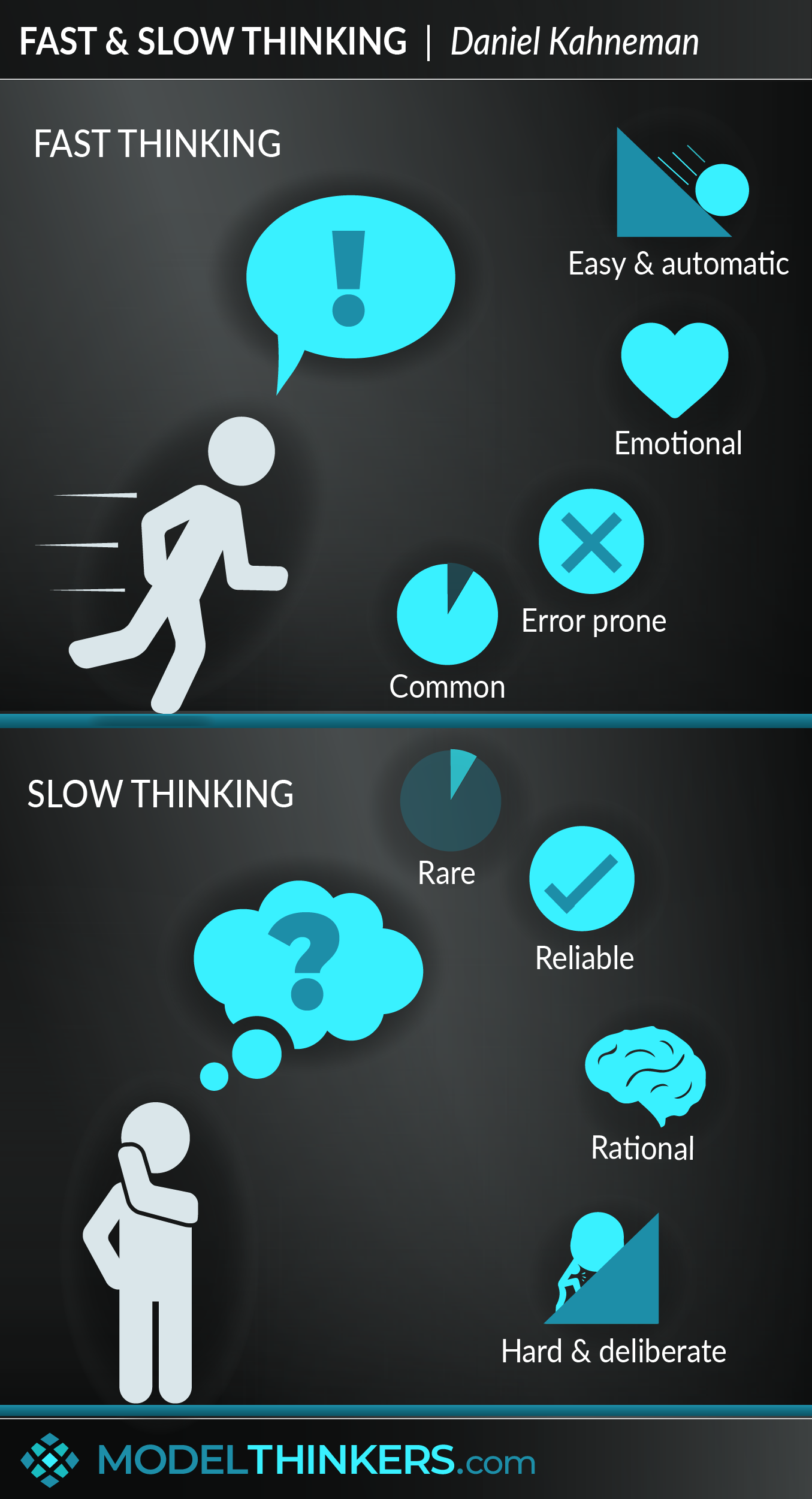
 0 saved
0 saved
 77.4K views
77.4K views








This could read as the start of an 'unauthorised instruction book of your brain' that you didn't know you needed, but won't be able to live without.
It's a foundational model in behavioural economics that will help inform your understanding of cognitive biases, behaviour change and humanity in general.
Nobel Prize winner Daniel Kahneman’s mental model of Fast and Slow Thinking underpins behavioural economics by explaining how you live most of your life on automatic pilot, are essentially irrational, and prone to cognitive biases.
TWO THINKING SYSTEMS.
Kahneman’s findings are captured in his 2011 bestselling book Thinking Fast and Slow where he describes two distinct thinking systems:
- Fast thinking (system 1): which is automatic, intuitive, error-prone and used for most common decisions. This is by far the majority of how we think each day.
- Slow thinking (system 2): which is effortful, reasoned, more reliable and used for complex decisions.
Fast thinking is a primal survival mechanism that uses heuristics, or cognitive shortcuts, to quickly respond to threats. It’s fast but those shortcuts are ultimately unreliable. In contrast, slow thinking requires considerable attention and delivers a more accurate understanding.
AUTOMATIC PILOT.
Kahneman’s work confirms that your brain instinctively prioritises conserving energy and overly relies on fast thinking as a result.
The point — you'll be on autopilot for most of your life, which opens up all sorts of implications...
IN YOUR LATTICEWORK.
Fast and slow thinking is one of the most significant mental models listed on ModelThinkners because it underpins so much of our modern understanding of behavioural science, behavioural economics, psychology, marketing and humanity.
Firstly, it helps to explain our heuristics, or biases, such as Confirmation, Anchoring, Availability, Endowment, Peak-End Heuristics, as well as Correlation vs Causation and many more.
In addition, the fact that you are on autopilot for most of the time and most of your life makes the use of Nudges via the EAST Framework and building Habit Loops as powerful options for change.




- ‘Econs’ and other rational models of humanity are as flawed as we are.
Econs was coined by economist Richard Thaler to describe the rationale, logical people who are the basis for traditional economic models. Thaler argues that Kahneman’s work instead poses ‘humans’ who are often illogical, act on intuition over logic and act irrationally. This is a simple distinction that contrasts traditional economics vs behavioural economics, but it is one that can be used to challenge assumptions in other areas also.
- You aren’t just irrational, you are rationalising.
Even when you switch to slow thinking you will have a tendency to justify and rationalise your fast thinking, impulsive decisions.
- Fast thinking can be advantageous via expertise and consistent environmental factors.
Experts build up stronger and more reliable heuristics for specific situations — that’s mastery. As a result, experts' fast thinking within their domain will be more reliable. That said, they too will suffer from slight environmental changes that their fast thinking will likely not identify or read accurately.
- Cognitive biases are unavoidable.
The process of being in automatic pilot, of fast thinking, for much of your life, leaves you susceptible to unconscious biases. This is unavoidable so the best you can do is identify likely biases, try to interrupt them, and organise processes or systems to mitigate them. Specific biases and heuristics are explored in other models.
- People are susceptible to nudges.
Another implication of fast thinking and following the path of least resistance is that people are susceptible to nudges, or tweaks to the environment which reduce friction, provide extra resistance and generally encourage particular behaviours.
- You have limited cognitive power, use it strategically.
Slow thinking is powerful but effortful. Set yourself up to use your cognitive energy at important moments for key decisions. There’s a reason why the likes of Steve Jobs and President Obama wore similar clothes each day — they were relying on fast thinking for the small stuff and saving their cognitive juice for the important decisions.
While many accept the broad mental model posed by Kahneman, of Fast and Slow Thinking, the book itself came under criticism for many of the studies it cited having low replicability.
This in-depth critique lists the replicability level per chapter of the book. The long article essentially provides a meta-analysis of the studies, highlighting the unfortunate occurrence of findings being inconsistent or even faked in social psychology.
Kahneman has addressed these errors, in the Retraction Watch website he is quoted as saying: "I am still attached to every study that I cited, and have not unbelieved them, to use Daniel Gilbert’s phrase. I would be happy to see each of them replicated in a large sample. The lesson I have learned, however, is that authors who review a field should be wary of using memorable results of underpowered studies as evidence for their claims."
Maths.
Consider the sum 2 + 2. That’s an easily recognisable equation that your brain probably calculated instinctively, using fast thinking.
Now consider 14 x 38. That’s more complicated and, it will likely require you to apply conscious effort, or slow thinking, to determine the answer.
Cruising vs reverse parking.
Remember the last time you drove down an empty familiar road? You likely did it in automatic pilot, barely being conscious about the decisions and process you were applying to continue your drive.
Compare that with the effort taken to reverse park into a tight spot. In such cases, you invoke slow thinking to ensure your judgement is more considered and accurate.
Cognitive biases.
There are countless examples and experiments that outline the implications of fast and slow thinking in the form of cognitive biases. However, rather than list them here, they are spelt out under specific biases — see the ‘build your latticework’ section for links.
Fast and slow thinking is one of the most significant mental models we have listed because it underpins so much of our modern understanding of behavioural science, behavioural economics, psychology, marketing and humanity.
Use the following examples of connected and complementary models to weave fast and slow thinking into your broader latticework of mental models. Alternatively, discover your own connections by exploring the category list above.
Connected models:
- Availability heuristic: useful sometimes, an unconscious bias at others.
- The map is not the territory: a reminder that in both forms of thought we still rely on interpretations and simplifications.
Complementary models:
- Munger’s latticework: use the notion of strategic slow thinking to carefully select relevant models for your context.
- Split testing & A/B testing: highly leveraged by Kahneman in his work.
- 4Ps of marketing: design marketing campaigns around the truth of fast thinking rather than the aspiration of slow thinking.
- Habit formation and EAST framework (nudges): use habits and nudges to create better results while on autopilot.
Read Kahneman’s seminal book, Thinking Fast and Slow. Kahneman was also interviewed by Inc Magazine in this youtube video.
Finally, Kahneman consults via the TGG Group here.
 My Notes
My Notes
Oops, That’s Members’ Only!
Fortunately, it only costs US$5/month to Join ModelThinkers and access everything so that you can rapidly discover, learn, and apply the world’s most powerful ideas.
ModelThinkers membership at a glance:






“Yeah, we hate pop ups too. But we wanted to let you know that, with ModelThinkers, we’re making it easier for you to adapt, innovate and create value. We hope you’ll join us and the growing community of ModelThinkers today.”
